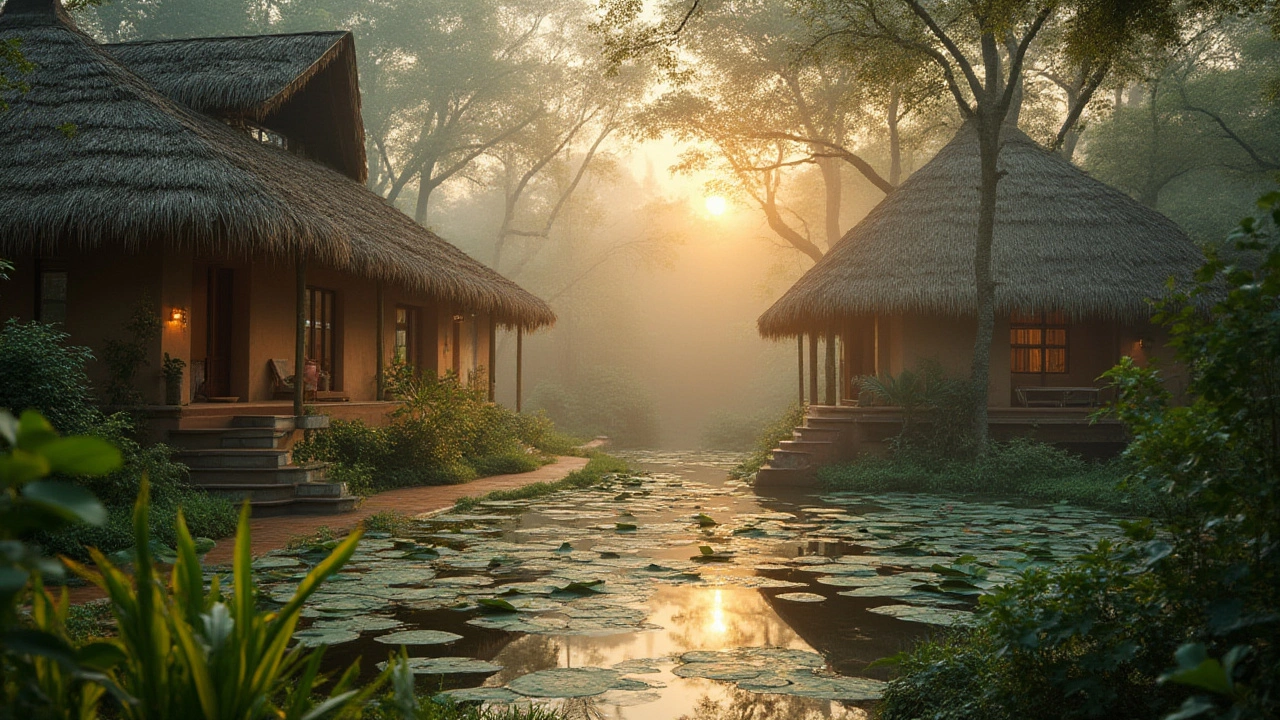Eco-Friendly Accommodation in India: Sustainable Stays for Nature Lovers
When you choose eco-friendly accommodation, a type of lodging designed to minimize environmental impact while offering authentic outdoor experiences. Also known as green lodging, it’s not just about using fewer plastics—it’s about working with nature, not against it. In India, this means sleeping in tents powered by solar panels, drinking filtered rainwater, and eating meals made from organic, locally grown food—all while staying deep in the wild, not on a resort’s manicured lawn.
True sustainable camping, a form of outdoor lodging that avoids permanent structures and relies on renewable resources. Also known as low-impact camping, it’s the backbone of what Wild Retreats offers across the country. These aren’t luxury glamping sites with imported furniture and bottled water. They’re places where the staff are locals who know the forest like their own backyard, where waste is composted or carried out, and where every guest is asked to leave no trace—not even a candy wrapper. You’ll find these camps in the forests of Madhya Pradesh, the hills of Uttarakhand, and the coastal wetlands of Kerala. They’re built with bamboo, run on solar power, and often partner with wildlife conservation groups. This isn’t marketing. It’s how they’ve stayed open for years.
And it’s not just about the tent or the energy source. responsible tourism, travel that benefits local communities and protects natural habitats rather than exploiting them. Also known as ethical travel, it’s the reason these stays exist in the first place. When you book with a true eco-friendly operator, your money goes to paying forest guides, supporting women-run kitchens, and funding anti-poaching patrols—not to shareholders in a city hotel chain. You’re not just visiting nature. You’re helping protect it.
What you’ll find in these posts isn’t a list of pretty photos. It’s real stories from people who’ve slept under the stars in places where the only electricity comes from the moon, where showers are bucket-based, and where the silence is so deep you hear your own heartbeat. You’ll learn how to pick a camp that’s truly green—not just labeled as one. You’ll see how to pack light, how to interact with local guides respectfully, and how to spot the difference between a genuine eco-lodge and a tourist trap with a few potted plants outside.
